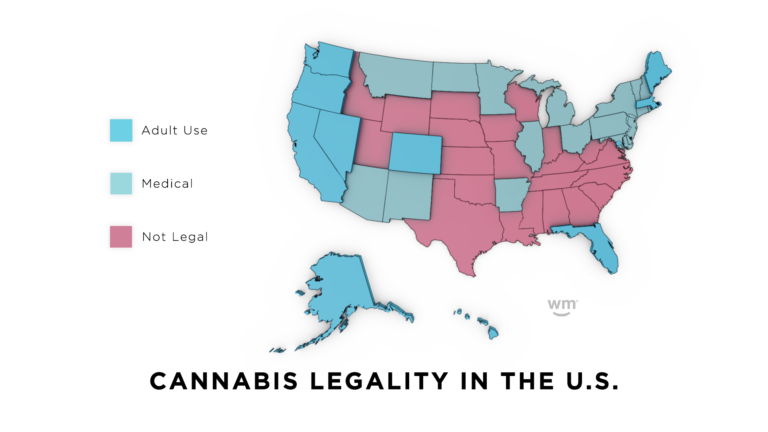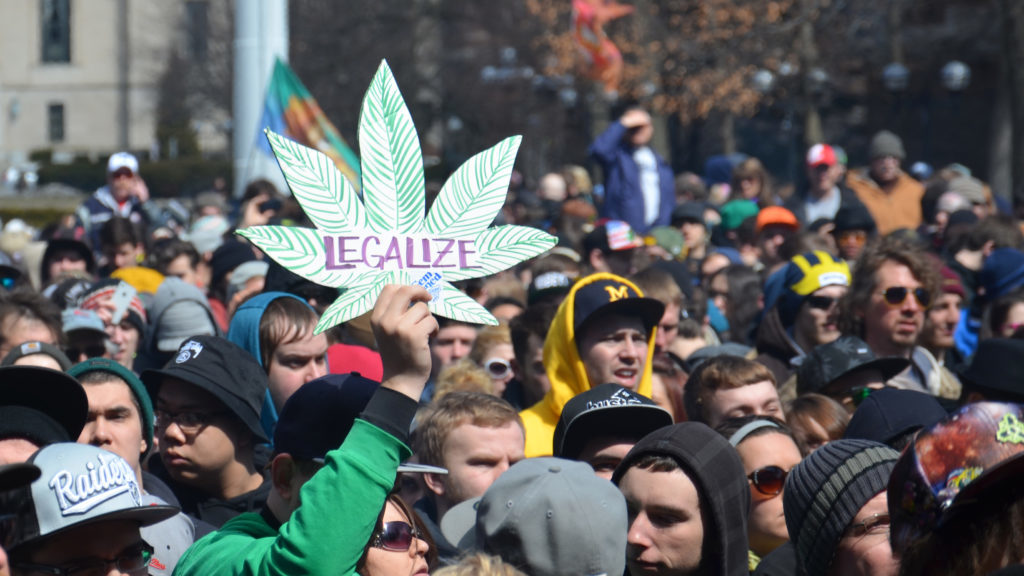A quick history of how science disentangles misguided lawmaking
It took the work of many cannabis legalization advocates, scientists, doctors, researchers, and politicians to pave the way for a more open-minded approach to cannabis policy -- and the battle isn't over. While the United States had the spotlight after the passage of the Marihuana Tax Act of 1937, cannabis acceptance around the world ranged from legal hashish in India to restricted access in China and the Middle East.
In 1942, American hemp production got a boost when President Franklin Roosevelt, by executive order, allowed industrial hemp to be cultivated for canvas, rope, and oil production in support of World War II. After the war, however, the order was rescinded and all hemp cultivation came to a halt with orders for farmers to plow remaining fields.
In 1946, researchers first discovered the distinct properties of the individual cannabinoids, learning that mice given THC showed signs of psychotropic activity while mice given doses of CBD did not.
In 1964, Israeli researcher Raphael Mechoulam (with the Weizmann Institute) became the first to identify and synthesize tetrahydrocannabinol (THC), the psychoactive compound in marijuana. Mechaloum's discovery paved the way for increased interest in the medical uses of cannabis and the eventual discovery of the human endocannabinoid system in the early 1990s.
The medical use of marijuana was beginning to gain steam as California became the first state to legalize it in 1996, followed shortly after by Alaska, Oregon, and Washington in 1998. Maine followed the next year.
 Photo by: Gina Coleman/Weedmaps
Photo by: Gina Coleman/WeedmapsImage lightbox

As medical marijuana reform proved to be increasingly popular in more and more pockets of the United States of America, the public perception of cannabis began to shift significantly. From the 1990s forward, a dramatic reversal in the approval rating for cannabis legalization occurred — and it wasn't limited to young people. For every voting-age demographic, a tremendous improvement in the opinion on ending marijuana prohibition has been seen.
Americans weren't just expressing their newfound openness to cannabis legalization in surveys, either. Voter-driven ballot initiatives were the backbone of the marijuana movement. As the perception of the plant moved from drug to medicine, a wave of policy change that even most advocates couldn't have anticipated at one point came over the country, reversing nearly 80 years of harmful and misguided lawmaking.

Image lightbox

Though California voters forged the path for patients across the nation by passing medical legalization in 1996, it was Coloradans who took the next step in 2012 by passing recreational cannabis legalization, followed shortly thereafter by Washington state. By 2017, eight states and Washington, D.C. had legalized marijuana for adults and began collecting tax revenue on the cultivation and sales of cannabis products.
On the international front, Uruguay became the first country to legalize recreational use in 2013. Canada's recreational cannabis program is expected to be in full swing in 2018. Elsewhere in the world, Catalonia, Amsterdam, Spain, Costa Rica, and Peru allow some form of cannabis use among their citizens.
The expanded reach of cannabis legalization opens the door to more research, regulation, and reform. With more applied science in the cannabis industry and less black market influence, the future of the plant looks greener than ever.
SOURCES
Wharf, Barney. “High Points: An Historical Geography of Cannabis.” Geographical Review, vol. 104, no. 4, Oct. 2014, pp. 414–438.
Winter, Paul. “A Brief History of Marijuana Prohibition” www.marijuana.com, 15 July 2016
Advanced Holistic Health. “10,000-year History of Marijuana use in the World”
Davis, Joshua Clark. “The Long Marijuana-Rights Movement.” Huffington Post, 6 Nov. 2014

